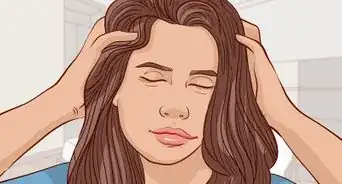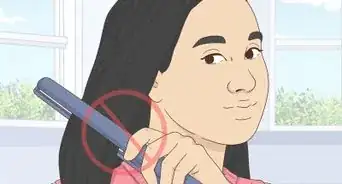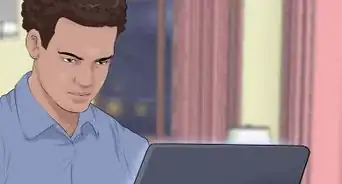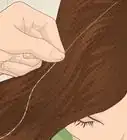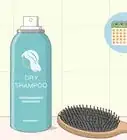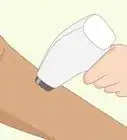This article was co-authored by Charlie Adams. Charlie Adams is a Professional Hair Stylist, Board Certified Haircolorist, and the Founder of Salon XL based in Ann Arbor, Michigan. With over two decades of experience, Charlie specializes in innovative styling and texturizing techniques as well as hair coloring. Charlie and Salon XL have received awards from ELLE Magazine’s Top 100 Salon "Best Hair in America" and "Best Color Salons,” StyleLine’s "Top Shop" in Michigan, Hour Magazine’s "Best of Detroit" and "Best Hair Salon in Ann Arbor,” Harper's Bazaar’s "Best of the Midwest," Allure Magazine’s "The A List," and Process Magazine’s "The Best Color.” Salon XL is also a member of Intercoiffure, a prestigious salon organization.
There are 11 references cited in this article, which can be found at the bottom of the page.
This article has been viewed 43,552 times.
If your hair doesn’t look quite like you imagined after your recent bleach job, don’t freak out just yet! There are quite a few ways you can try to tame or cover up uneven coloring. Even though you might want an immediate fix, take your time to think through your options before rushing into anything. And, as always when it comes to bleached hair, remember to prioritize conditioning and hydrating your locks so that they look as shiny and healthy as possible!
Steps
Toner for Splotchy Undertones
-
1Use purple shampoo and conditioner for gold- or yellow-toned patches. These products gradually tone areas that don’t mesh with the rest of your hair. It’ll take a few washes before you notice the difference, but keep at it, and you’ll see positive results. Apply the shampoo and conditioner 2-3 times a week whenever you wash your hair.[1]
- Toner doesn’t work on areas that you missed during the bleaching process; it only works on spots that received the bleach but just didn’t come out the right tone. So, if your natural (or pre-bleach) hair color is showing through anywhere, you’ll need to first spot-treat those sections with a bleach treatment.
-
2Wash orange- or brass-colored hair with blue shampoo and conditioner. Blue is opposite orange on the color spectrum, which is why it’ll work to neutralize those warm tones in your hair. Wash with these special products 2-3 times a week.[2]
- Toning products are great because they leave blonde hair blonde and reduce whatever other shades are present in your locks.
Advertisement -
3Tackle green tones with red shampoo and conditioner. Some hair experts say you can even use ketchup to tone green shades from a misapplied bleach treatment! Wash your hair with red products 2-3 times a week to gradually banish those green undertones.[3]
- Find specialty products for bleached hair at your salon, online, or at the drugstore.
-
4Calm down areas of warmer color with a toner application. A toner application is applied to your entire head and follows the same steps as a bleach application. If you did a bleach application at home, chances are your kit came with a post-bleach toner, too. Even if you already used toner after you bleached your hair, you can do a second round to even out discolored sections.[4]
- Always read the box and follow the instructions given. In general, leave the toner on your hair for 20 minutes max. Keep an eye on your hair and remove the toner when it looks like it’s evening out.[5]
- Toner gets rid of warm tones, so it’s incredibly helpful for orange, red, or yellow splotches. It’s also a less damaging process than bleaching your hair a second time, which is great.
Bleach for Uneven Color
-
1Wait 3-4 weeks before bleaching your hair a second time. It’s important to wait between bleach jobs so that you damage your hair as little as possible. You absolutely should not apply a second bleach job soon after the first one.[6]
- Divide your hair into sections when you apply the second round of bleach. Doing this helps the bleach penetrate all of your hair more evenly.[7]
- During the in-between weeks, take care to hydrate and moisturize your locks as much as possible with hair masks and conditioning treatments. This will help heal your hair as much as possible before you apply more chemicals to it.
-
2Treat the spots you missed with targeted bleach applications. This process is helpful if there are patches of hair that you missed during the original bleach application. It’s a little risky because there’s a chance the newly-bleached hair won’t perfectly match the rest of your locks. It’s best to use this method for splotchy areas in less-visible parts of your hair, like under the top layer or in the back. Apply the bleach to those sections only, wait the same amount of time you did for the original bleach job, then rinse the bleach out.[8]
- If you think you want to use this method but feel nervous, try it out on a small area first to see how it goes. If it doesn’t work as well as you hoped, you can try something else with little harm done.
- This can be pretty time-consuming, as you'll have to weave out all the hair pieces that aren't light enough.[9]
-
3Try a bleach bath 1-2 weeks after bleaching for a gentler option. For this process, mix 2 US tbsp (30 mL) of bleach, 2 US tbsp (30 mL) of developer, and however much shampoo you use when you wash your. Wet your hair, then apply the bleach bath from the ends to your roots. Cover your hair with a shower cap for 15 minutes before washing and conditioning your hair just like you normally would.[10]
- A bleach bath is less aggressive than actually bleaching your hair a second time, but it still involves a lot of chemicals, so use caution if your hair is dry or damaged.
- Developer comes in different increments. The higher the developer, the harsher it’ll be on your hair. Use a 10-volume developer for the least abrasive option.
Darker Dye for Total Coverup
-
1Cover the splotchy bleach job with a darker hair dye for quick results. If your bleach job is so bad that you literally can’t imagine leaving your home, your best bet may be to simply cover it with a darker shade of hair dye. Take a look at the darkest patch on your head and go a shade darker, so it covers everything evenly.[11]
- For example, if your roots are orange-ish while the rest of your hair is blonde, choose a medium or dark brown to cover the orange.
- You won’t have the blonde hair you were hoping for, but hopefully, the new color can get you through until you can try bleaching your hair again.
-
2Apply lotion around your scalp to prevent the dye from coloring your skin. With darker hair dye, there’s always the chance that it’ll get on your skin, which can be difficult to remove! Prevent this from happening by putting some lotion all around your hairline. If dye makes its way from your hair to your scalp, it’ll be super simple to wipe away.[12]
- Also, wear gloves while working with hair dye to keep your hands from getting stained.
-
3Follow the instructions on the dye package, then rinse out the dye. Most packages have you apply the dye and let it sit for 30 minutes. When you rinse out the dye, you don’t have to use shampoo but should apply some conditioner to help moisturize your locks.[13]
- Make sure to rinse your hair thoroughly! If you don’t get it all out, the dye could stain your clothes or furniture.
Bleached Hair Care Tips
-
1Retain your hair’s natural oils by using a sulfate-free shampoo. Lots of regular shampoos strip your hair of its natural oils, which dries it out. On bleached hair, that can make already-damaged hair that much more vulnerable to frizz and breakage.[14]
- If your hair isn’t too greasy or dirty, just wash your roots and ignore the rest of your hair. This targets the area that needs cleaned but doesn’t risk drying out the rest of your locks.[15]
- Speaking of shampooing, arrange your hair-washing schedule so you’re sudsing up just 2 times a week. The less you wash, the less you’ll dry out your hair.[16]
-
2Apply a moisturizing conditioner every time you wash your hair. Whenever you get your hair wet, use it as an opportunity to hydrate and condition your locks. Let the conditioner sit in your hair for a few minutes before washing it out to give it time to penetrate your hair follicles.[17]
- If possible, use a conditioner with toner in it. It’ll help repair your hair while also keeping your color looking fresh.
-
3Apply a hair mask once a week for extra nourishment. Bleached hair is notoriously dry, which makes it more prone to breakage. Giving it extra opportunities to absorb moisture and conditioning elements is a smart way to keep your hair healthy and looking fantastic.[18]
- If your locks have a lot of damage, up the treatment to 2-3 times a week until you notice a difference.[19]
- Wrap your hair in a warm towel while the mask is doing its work—the heat will help the healing ingredients penetrate your hair more efficiently.[20]
- Buy hair masks online or from the store, or DIY them at home from ingredients you already have.
-
4Let your hair air dry as often possible to reduce exposure to heat. Heat dries out your hair, which is a problem you’re already dealing with. Letting your hair dry naturally protects it from excessive heat, which will help it heal faster after bleaching and stay healthy in the long-term.[21]
- If you have to blow-dry your hair, which, let’s be honest, is going to happen, use a low-heat setting. Doing this will keep the heat hitting your hair to a minimum.
-
5Avoid using high-heat to style your hair as much as you possibly can. Sometimes you’re going to have to use that straightener or curling iron, but as often as you can, keep those heat-based styling tools away from your hair. They can cause dryness, frizziness, and breakage.[22]
- There are ways to curl your hair without heat that you can incorporate into your routine, like putting your hair in braids before you go to bed.
Warnings
- Bleaching your hair can cause a lot of damage, so make sure you’re prepared to give it the attention it needs afterward to keep it as healthy as possible!⧼thumbs_response⧽
Things You’ll Need
Bleached Hair Care Tips
- Sulfate-free shampoo
- Conditioner
- Hair masks
References
- ↑ https://www.teamtruebeauty.com/bleach-gone-wrong-how-to-fix-orange-hair/
- ↑ https://www.teamtruebeauty.com/bleach-gone-wrong-how-to-fix-orange-hair/
- ↑ https://www.elitedaily.com/p/how-to-fix-hair-color-mistakes-according-to-experts-22853726
- ↑ https://www.livinggorgeous.com/how-to-fix-uneven-bleached-hair/
- ↑ https://www.teamtruebeauty.com/bleach-gone-wrong-how-to-fix-orange-hair/
- ↑ https://botoxcapilar.org/en/how-to-fix-uneven-bleached-hair/
- ↑ https://www.livinggorgeous.com/how-to-fix-uneven-bleached-hair/
- ↑ https://www.elitedaily.com/p/how-to-fix-hair-color-mistakes-according-to-experts-22853726
- ↑ Charlie Adams. Professional Hair Stylist & Board Certified Haircolorist. Expert Interview. 21 July 2021.
- ↑ https://buzzcutguide.com/bleach-bath-hair-home/
- ↑ https://www.livinggorgeous.com/how-to-fix-uneven-bleached-hair/
- ↑ https://www.livinggorgeous.com/how-to-fix-uneven-bleached-hair/
- ↑ https://www.livinggorgeous.com/how-to-fix-uneven-bleached-hair/
- ↑ https://www.realsimple.com/beauty-fashion/hair/hair-care/caring-for-bleached-hair
- ↑ https://www.realsimple.com/beauty-fashion/hair/hair-care/how-to-repair-hair
- ↑ https://www.whowhatwear.com/how-to-fix-bleached-hair-damage/slide7
- ↑ https://www.livinggorgeous.com/how-to-fix-uneven-bleached-hair/
- ↑ https://www.livinggorgeous.com/how-to-fix-uneven-bleached-hair/
- ↑ https://www.realsimple.com/beauty-fashion/hair/hair-care/at-home-hair-dye-mistakes
- ↑ https://www.realsimple.com/beauty-fashion/hair/hair-care/how-to-repair-hair
- ↑ https://www.livinggorgeous.com/how-to-fix-uneven-bleached-hair/
- ↑ https://www.whowhatwear.com/how-to-fix-bleached-hair-damage/slide7
- ↑ https://www.livinggorgeous.com/how-to-fix-uneven-bleached-hair/
- ↑ https://www.livinggorgeous.com/how-to-fix-uneven-bleached-hair/
- ↑ https://www.whowhatwear.com/how-to-fix-bleached-hair-damage/slide12

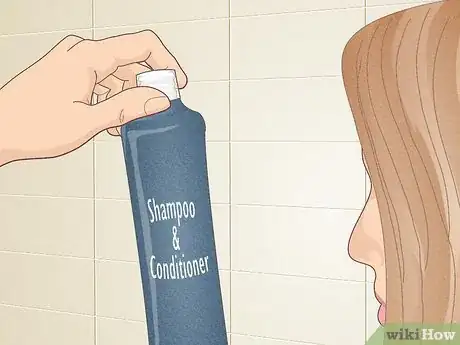
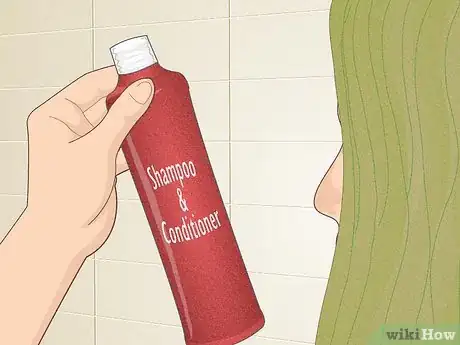
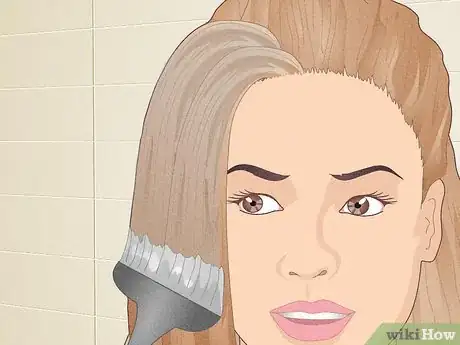
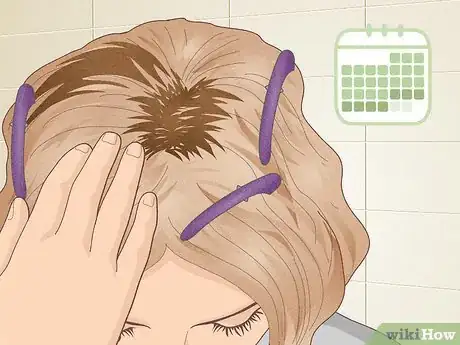
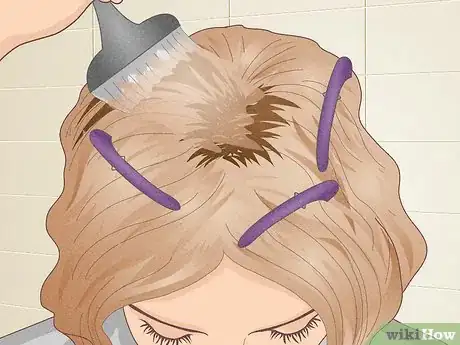

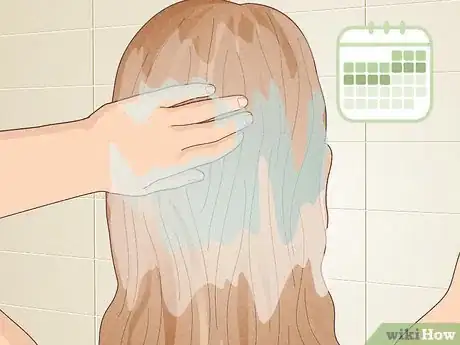
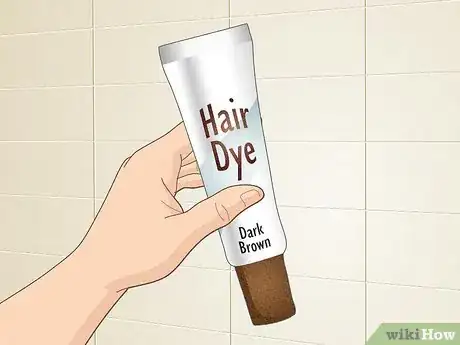
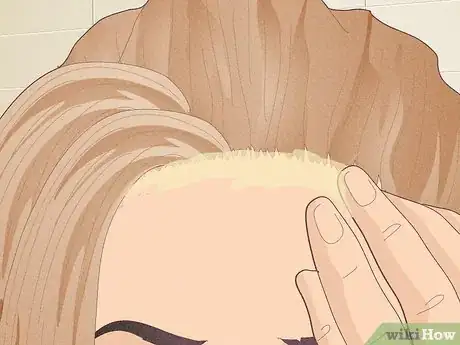

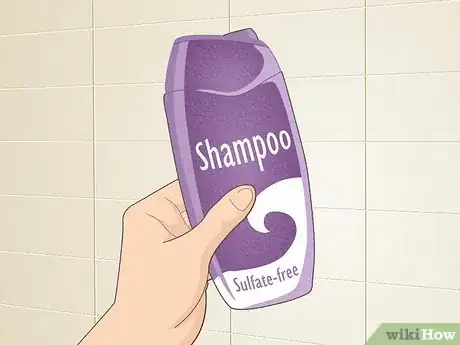

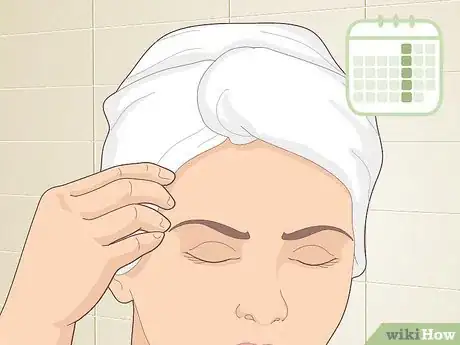
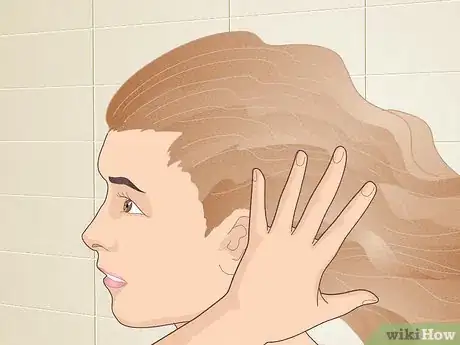

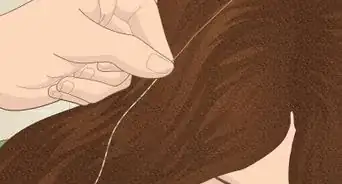
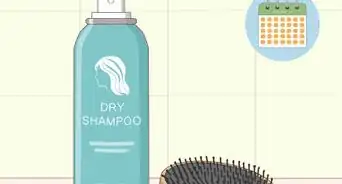

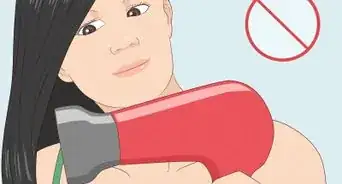
-Step-1-Version-8.webp)
